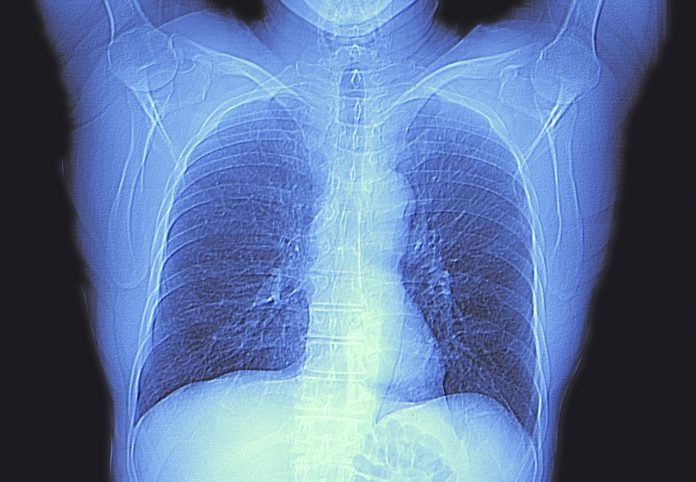
Analyzing PET/CT scans using deep learning algorithms to evaluate images can help identify people at risk of developing type 2 diabetes, according to a study published today in the journal Radiology. The study of more than 32,000 people over the age of 25 in Korea, highlights the value of so-called “opportunistic imaging,” or the use of routine CT scans and other images from routing screening, to learn more about a patient’s health and health risks.
“Given the significant burden of diabetes and its complications, we aimed to explore whether automated and precise imaging analyses could enhance early detection and risk stratification beyond conventional methods,” said the study’s senior author Seungho Ryu, MD, PhD, from the Kangbuk Samsung Hospital at Sungkyunkwan University School of Medicine in Seoul, South Korea.
The opportunistic use of CT imaging beyond its primary intended clinical use is gaining traction as a potentially vital diagnostic tool, showing promise in osteoporosis screening, quantifying aortic calcification, visceral and subcutaneous fat, muscle mass, and liver fat content. As such, CT scan analysis has the potential to predict cardiovascular disease events and identify all-cause mortality.
“However, the predictive ability of individual imaging parameters for cardiometabolic diseases, traditionally diagnosed using conventional modalities, remains underexplored,” the researchers noted, which prompted their investigation.
For their study, Ryu and his team clinically validated deep learning algorithms trained to enable three-dimensional segmentation and quantification of various body components including visceral fat, subcutaneous fat, muscle mass, liver density, and aortic calcium. Their automated multiorgan CT scan analysis was shown to identify that people at highest risk of developing diabetes and other related conditions.
Findings showed that the index of visceral fat, belly fat under the muscle and surrounding organs in the abdomen, had the highest predictive value of people who would later develop diabetes. Combining this information with muscle area, liver fat fraction, and aortic calcification further improved its predictive capabilities.
Beyond its use for identifying diabetes risk, the CT-derived markers also found ultrasound-diagnosed fatty liver, coronary artery calcium scores of more than 100, osteoporosis and age-related muscle loss called sarcopenia.
Automated analysis of all these markers were shown to outperform current methods of identifying Type 2 diabetes risk.
“The results are encouraging as they demonstrate the potential of expanding the role of CT imaging from conventional disease diagnosis to opportunistic proactive screening,” Ryu said. “This automated CT analysis improves risk prediction and early intervention strategies for diabetes and related health issues.”
The aim is to eventually improve conventional methods of determining disease risk.
“By integrating these advanced imaging techniques into opportunistic health screenings, clinicians can identify individuals at high risk for diabetes and its complications more accurately and earlier than the current approach,” Ryu added. “This could lead to more personalized and timely interventions, ultimately improving patient outcomes.”





